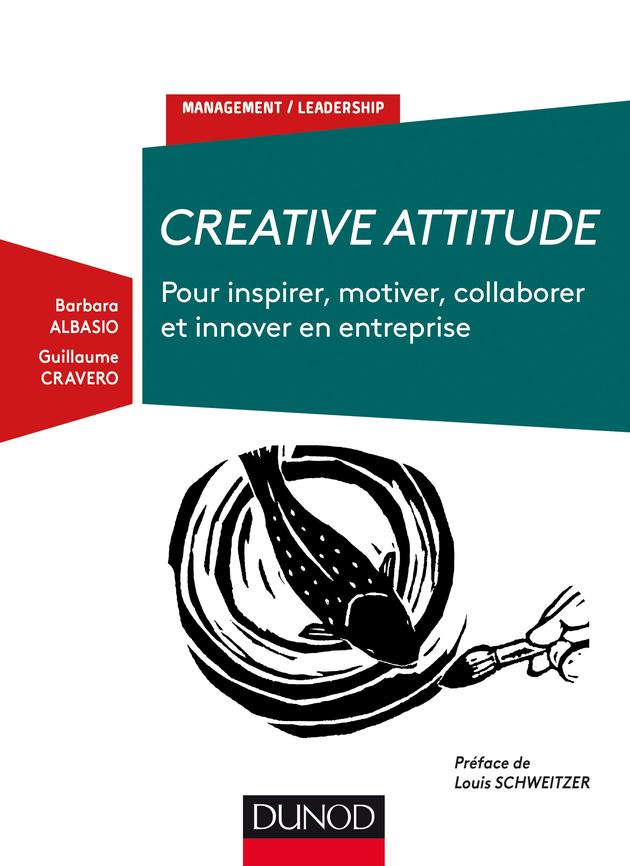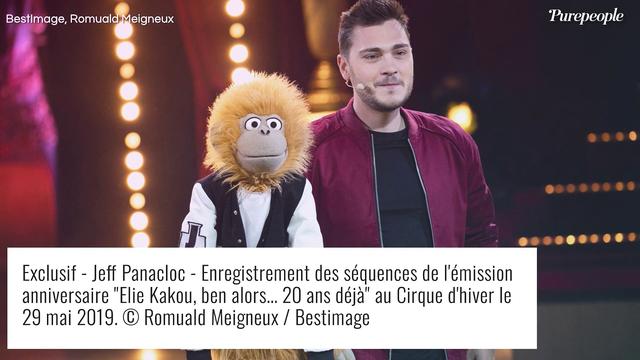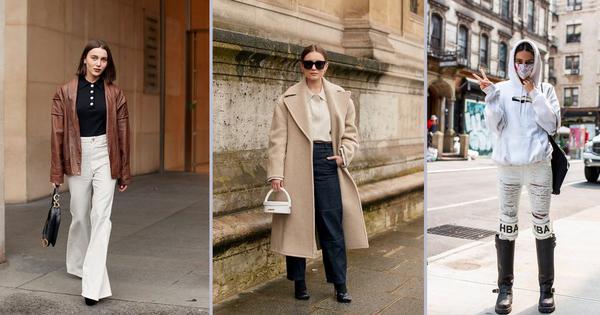
It's not yet 9 a.m., the pace is brisk. Passers-by pass each other without looking at each other. No time. Here, we advance, we even run. We are in the La Défense district. The world is teeming, the colors are missing, the men (regardless of their age) wear navy blue ties. Like Emmanuel Macron, faithful to sober colors. Well almost. On holidays, he dares to wear a satin tie.
These men are surely bankers, consultants, accountants. These professional circles always impose the suit and tie. “When you start out, wearing a tie gives a kind of credibility, a legitimacy. A young consultant can use it to grow old. Or to show that he has integrated the culture of the company”, explains Serge Massignan, founder of the men's fashion blog Like a truck.
Does the accessory create credibility? In any case, it contributes to it, as much for the trainee who seeks to age, as for the CEO in search of legitimacy. Let us note the anecdote that when Mark Zuckerberg, the boss of Facebook is invited to explain himself before the American Senate about the scandal linked to Cambridge Analytica, the t-shirt remains in California, place for the tie.
What about the three-day beard and sneakers generation?
Beyond these particular cases, we feel that the traditional suit and tie could yield to the “changes in style imposed by the new generation. Generation which normalizes the disappearance of the tie, and the arrival of the three-day beard”, observes Jean-François Amadieu, sociologist and author of La Société du Paraître (Odile Jacob). “Everything is changing. Before, it was unimaginable to see a teacher without a tie,” he adds.
It all started in the 2000s: the startup culture totally rejects the rules published by previous generations, the tie is one of them. This product “of mass consumption, then suffers from outdatedness and sales collapse”, describes Serge Massignan. In 1998, sales of ties reached a record level of 900 million pounds per year. But from 2008 sales plummeted to less than £500m a year, according to a Daily Mirror estimate.

In Silicon Valley companies, there is no longer any dress code. The style is more improvised, less rigid. The Mark Zuckerberg-style gray tap-dancing T-shirt is in fashion. “We first talked about casual Friday. Then, the casual style got out of hand all week,” recalls Alexandre Chapellier, the creator of Cinabre and supplier to the President of the Republic, who owns around thirty of the brand's ties. A kind of sartorial liberation of the man within the framework of a “casual everyday”.
In 2018, even the American bank Goldman Sachs abolished the costume requirement to seduce the new generation. The international consulting firm PwC has also taken a step aside. Employees are authorized to adopt “smart casual”, and to dress as they wish... at the company headquarters. At the customers, the listeners must dress like the customers. A measure within relative reach, when you know that they are most of the time out of the seat.
However, we are not giving up on chic. In parallel with the decline of the tie, the bow tie has gained some popularity, even if few dare to wear it at work. Sales representatives prefer it to the tie in business meetings, “it creates a more informal, more relaxed environment”, reports an employee of the Le Colonel Moutarde boutique. The accessory has several uses, since it also plays the role of “icebreaker”. It grabs attention and starts conversations. As practical in commercial canvassing as in the evening.
An accessory prized by creative people
Today, employees forced to live with a necktie are quite a minority: “they must represent 15 to 20% of our customers”, estimates the creator of Cinabre , a bow tie and tie specialist. We no longer wear the tie out of obligation, but to have fun. A kind of reaction to “too much relaxation”, he laughs. The tie even goes beyond the strictly professional framework: some do not hesitate to marry it with a cap or a denim jacket.
Read also:
Are you sure you want to work at Defense?Others choose a piece in tweed or English flannel. The tie is finding a new place, especially in creative environments: communication agencies, architectural firms. And then today, “we consume it differently: before, we bought a dozen ties, at a reduced price, in one go. Now we take the time. We study matter. We make sure that the tie reflects a state of mind. From now on, it distinguishes the one who wears it from Monsieur Tout-le-monde”, analyzes Alexandre Chapellier.







